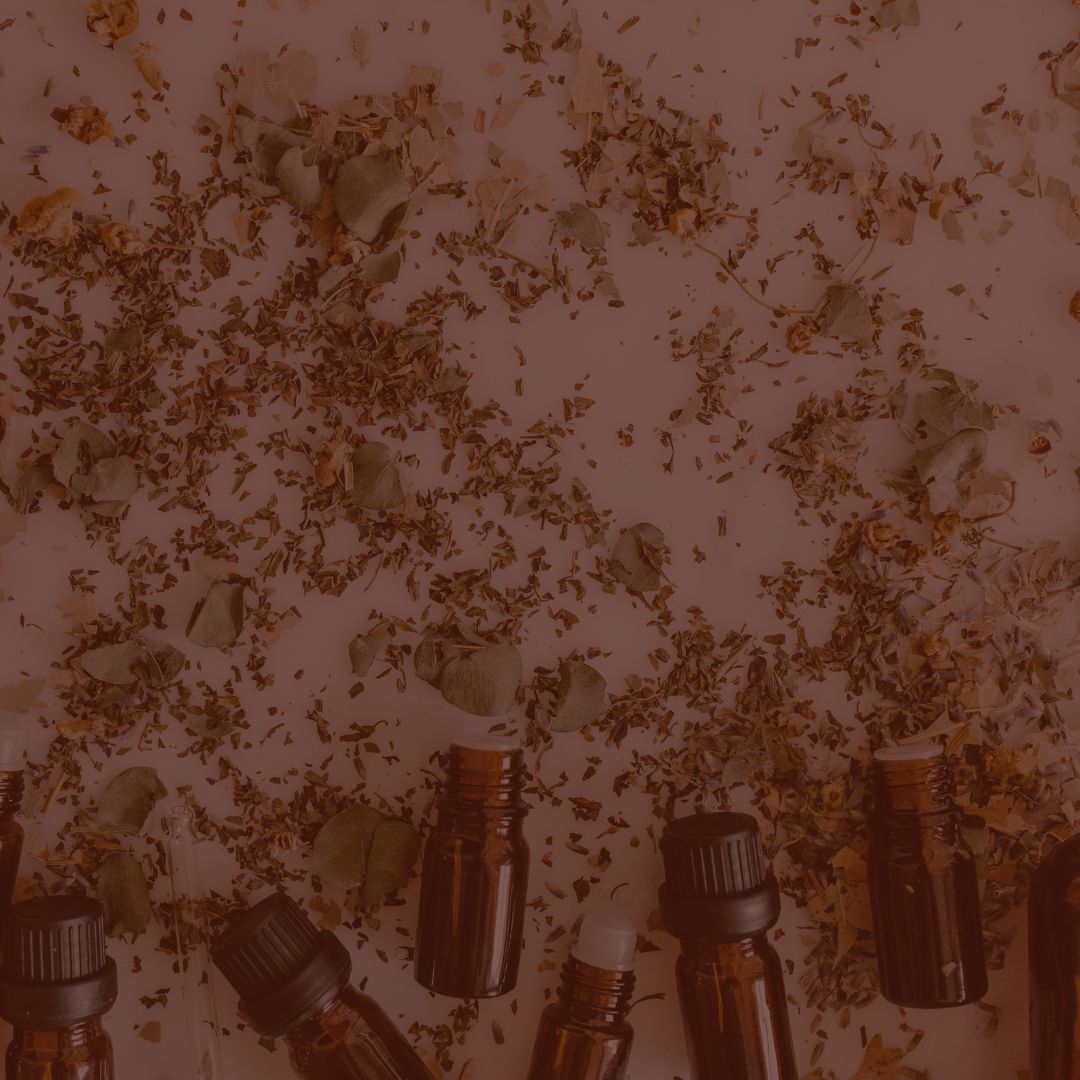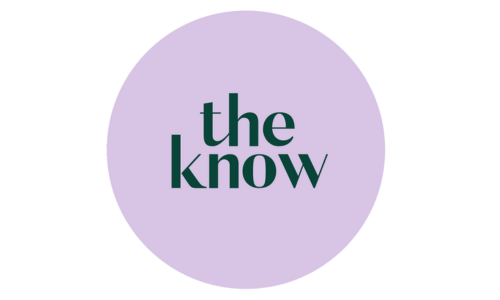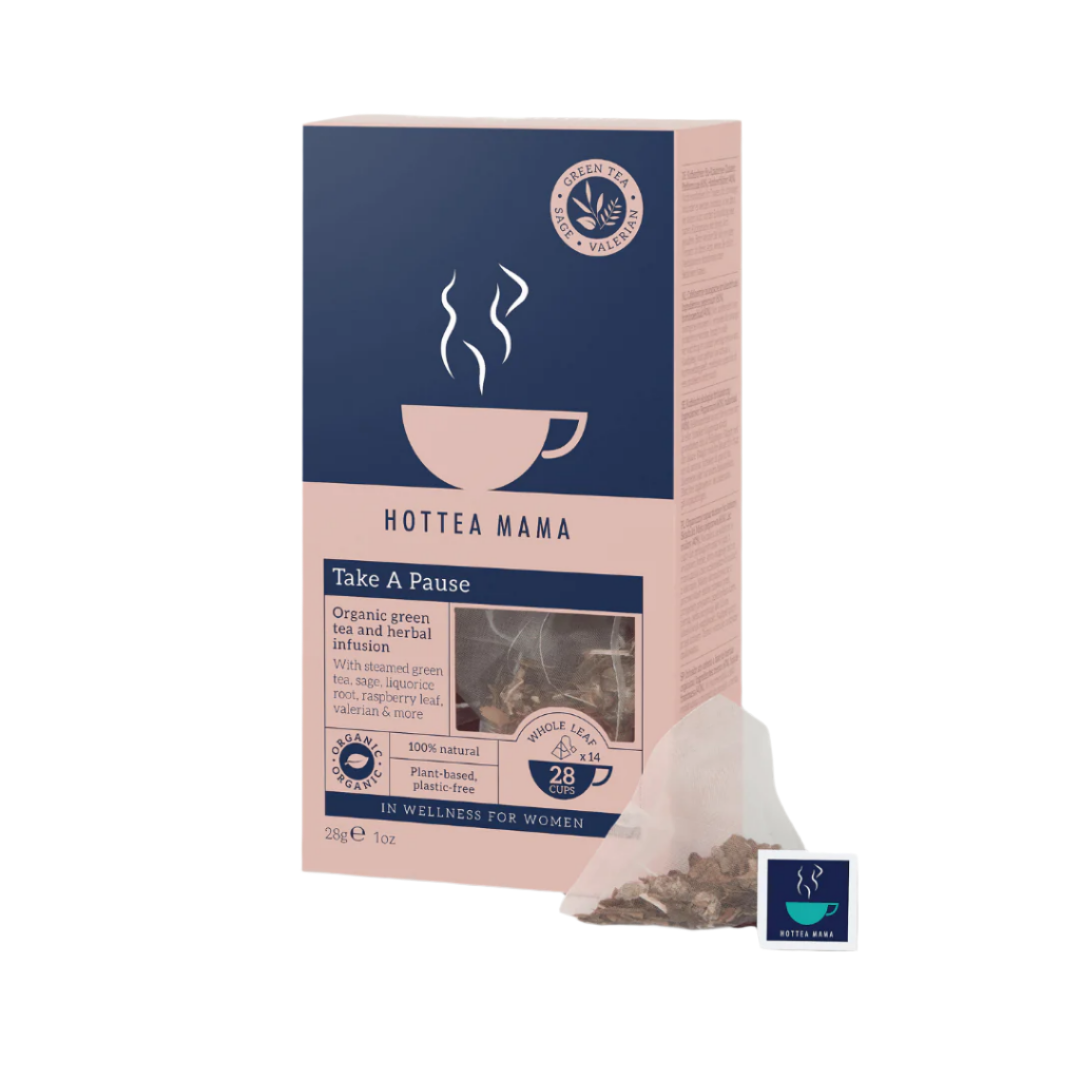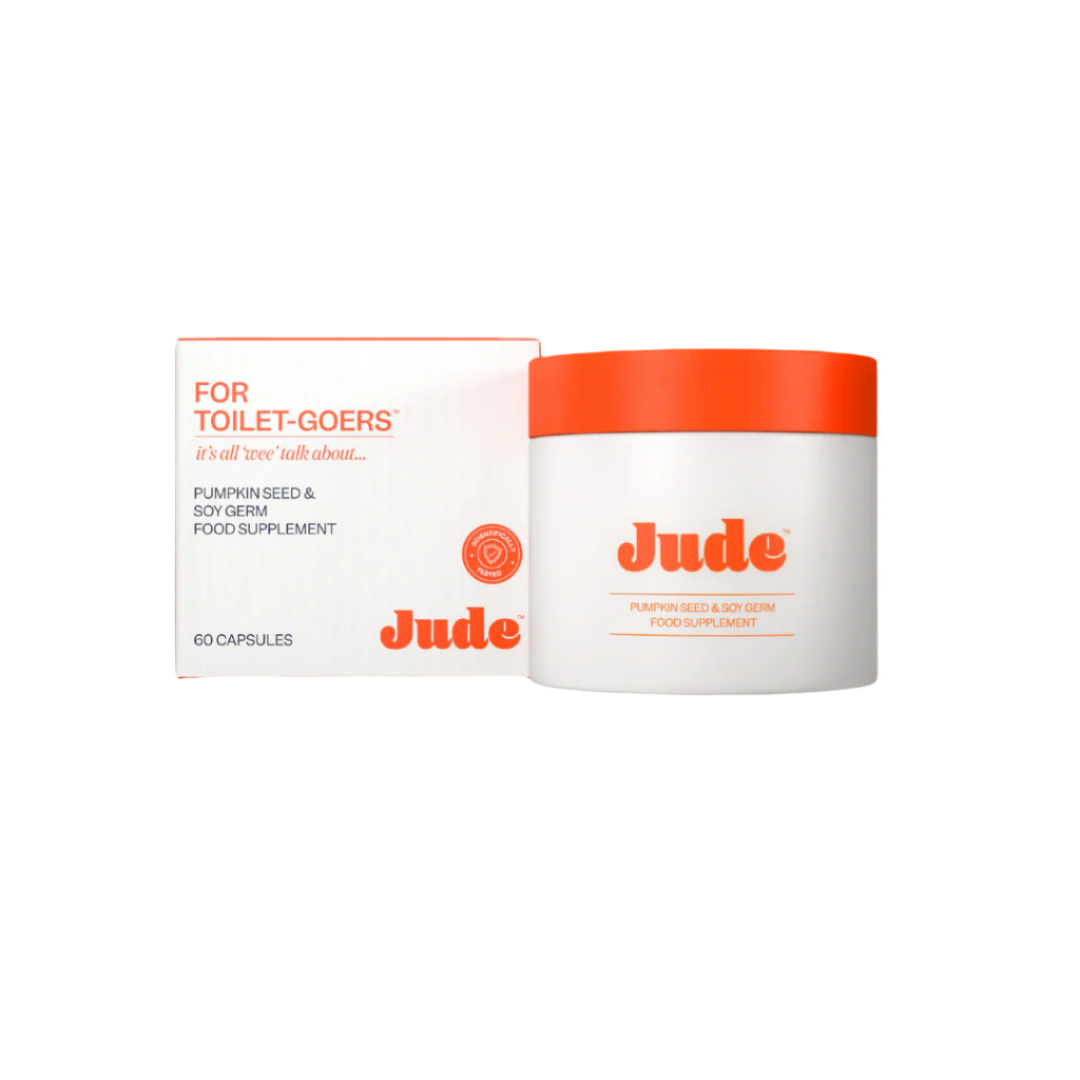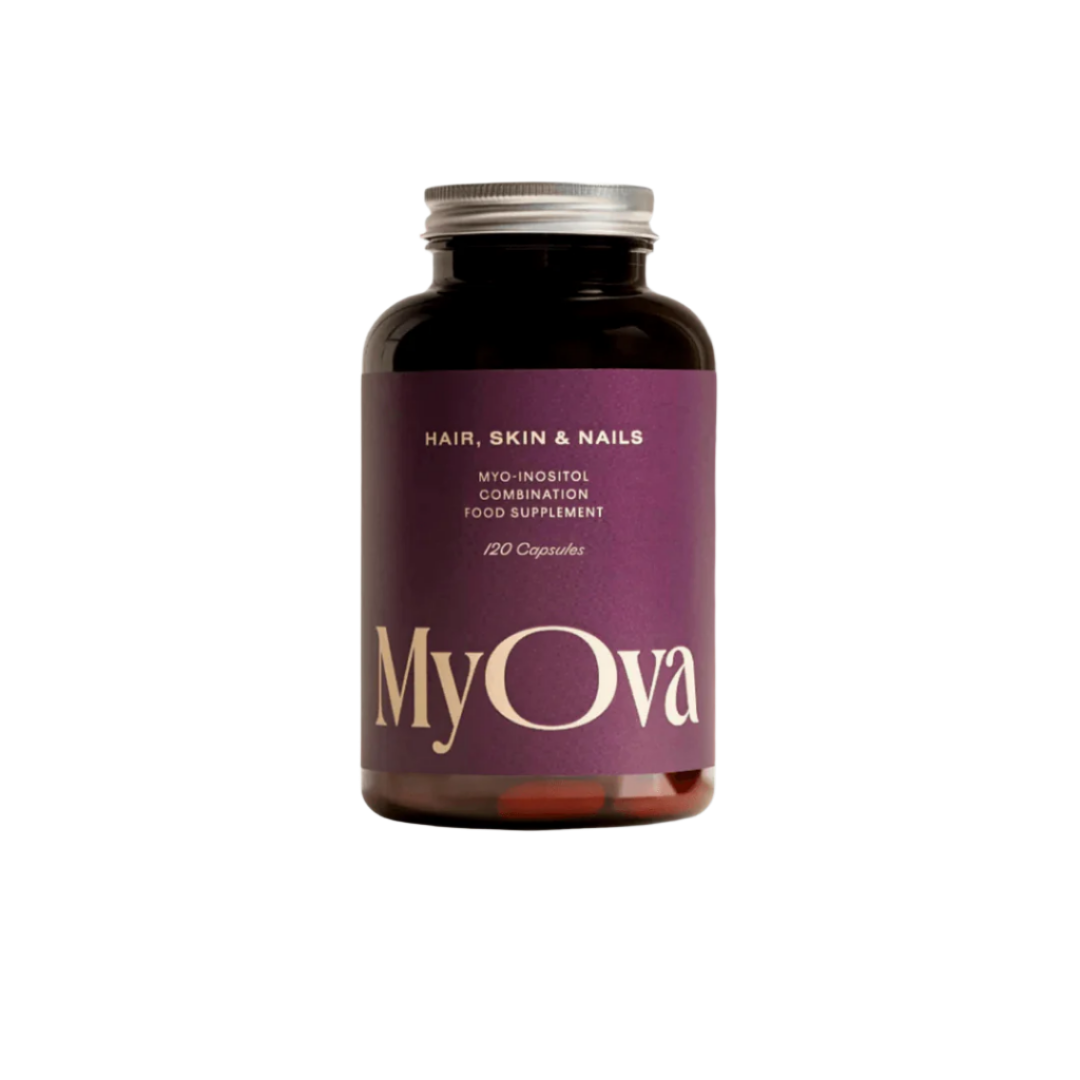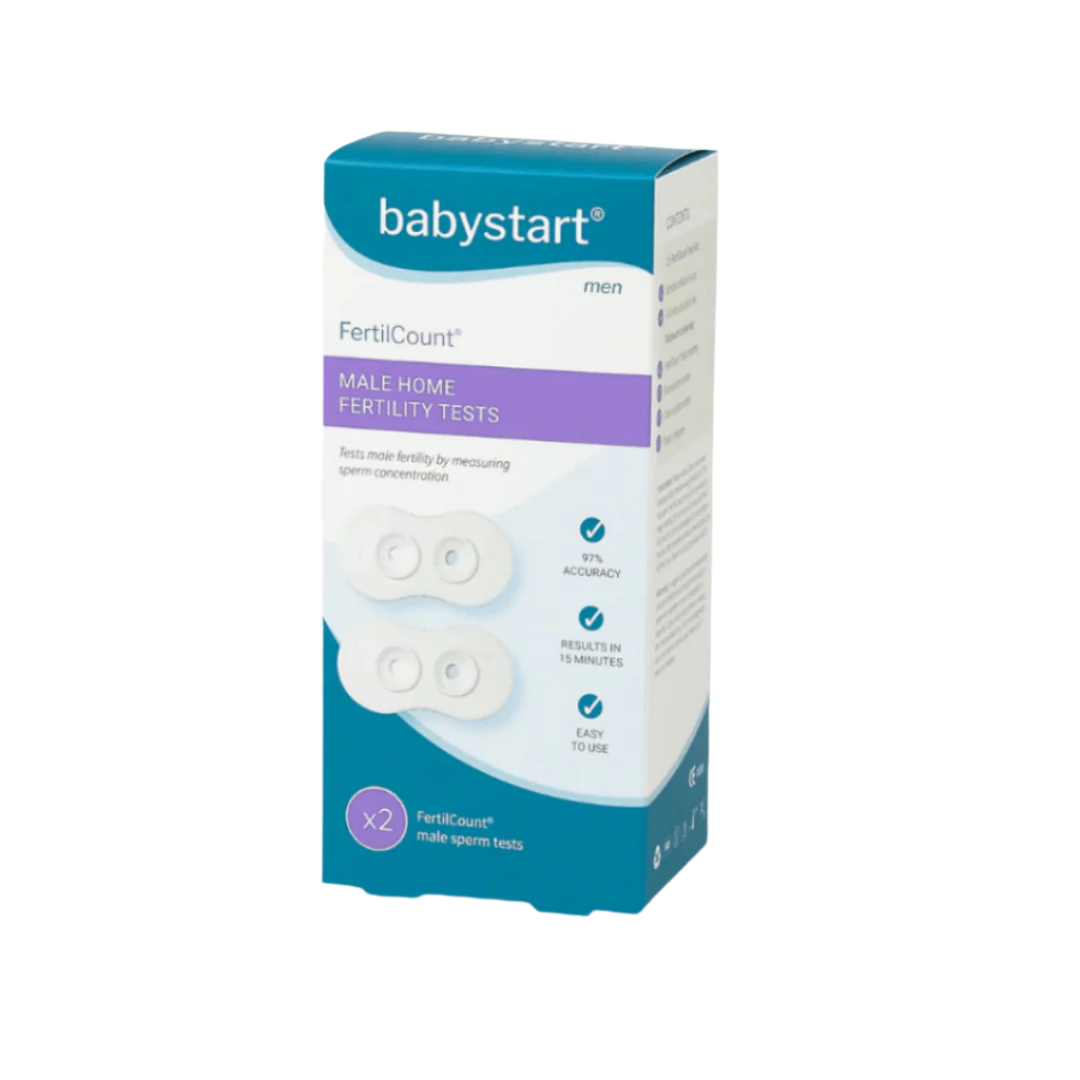The Journal
The link between mood and food.
This blog discusses how different types of food can affect our mood and well-being. It highlights the link between what we eat and how we feel, noting that processed and refined carbohydrates like white bread and pasta can leave us feeling bloated and low. On the other hand, certain foods can improve our mood by affecting the neurotransmitters in our brain. The key takeaway is the importance of consuming the right nutrients to maintain balanced neurotransmitters and stabilise blood sugar levels, which can positively impact mood. Written by Julie Gough Our bodies respond differently to types of foods in different ways. There is link between what we eat and how we feel. Some foods including processed and refined carbohydrate like white breads and pasta can leave us feeling bloated and also making us feel low; others can actually improve our mood. This is because what we eat can affect the neurotransmitters the brain produces and therefore how we feel. We must feed our brains the right nutrients to produce balanced neurotransmitters to boost our mood. Our blood sugar also impacts our mood, foods high in sugar can cause a sudden increase in blood sugars this is then followed by a quick crash when our body clears the sugar, these sugar lows can impact our mood making us feel low Good Mood Foods Omega-3 and omega-6 fats are found in oily fish (e.g. wild salmon, sardines, trout and mackerel) raw nuts and unsalted nuts and seeds. These fats have been well researched for brain health having a critical role in the structure and function of the brain and therefore can impact mood. The body cannot make these fats, so must be part of the daily diet. Aim to include oily fish in your diet 2-3 times a week and have a handful of nuts and seeds daily as a snack. If you don`t like oily fish then you could take an omega 3 supplement. These contain fibre that can slow down the absorption of sugar into your bloodstream and stabilise blood sugar levels. Complex carbs also contain B vitamins, magnesium and zinc, which are brain-boosting nutrients. Complex carbs include: oats, beans, brown rice, rye bread, pluses and vegetables. This is vital for good brain health and increase release of mood boosting chemicals in the brain as well as helping to maintain blood sugar levels. Aim to include protein into every meal. Good sources include eggs, poultry, seafood, tofu, fish, beans nuts and seeds This is an amino acid (amino acids are the building blocks of protein) which our body converts into serotonin our ‘feel good’ hormone. Foods to include: peanuts, turkey, salmon and eggs. To boost your mood, include these foods in your diet daily. Bad Mood Foods White breads, pasta, cakes, chocolate, fizzy drinks and many high sugar breakfast cereals can cause blood sugar fluctuations increasing the feelings of anxiety leading to a low mood. Too much alcohol and caffeine too frequently can trigger the brain into producing hormones that may increase the feelings of stress and anxiety. Alcohol can also reduce serotonin the “feel good” hormone Found in meat, dairy products and also hydrogenated fats found in processed foods can compete with our good fats blocking them out impacting our mood. They can give you side effects including mood swings, headaches and dizziness. In addition heavy metals can be found in some foods including lead and mercury, which can impact brain health Our gut bacteria play a huge role in our mood and happiness, many factors play a role in producing the gut microbiome including diet, environment, season and health status. When the human microbiome is challenged with changes in diet, stress or antibiotics the physiology of the microbiome changes. The gut microbiome can regulate emotions and 90% of our serotonin (“feel good hormone”) are located in the gut and the most common pharmacological treatment for mood disorders are selective serotonin reuptake inhibitors (SSRIs) which have gastrointestinal side effects.
Learn moreCelebrating your story with Anna Hobson
Drawing from her background in culture and human behaviour, Anna Hobson found her purpose in life coaching after experiencing mental health challenges, including eating disorders and OCD, during a challenging transition in her early thirties. Read on to learn more about self-sabotage. Written by Anna Hobson Hi I’m Anna Hobson and I’m a certified coach with the European Mentoring Coaching Council since 2016 and I’m affiliated with the UK's Association of Executive Coaches. Drawing from my background in culture and human behavior, I found my purpose in life coaching following a challenging transition in my early thirties. Having personally experienced mental health challenges, including eating disorders and OCD, I understand the impact of the "be perfect" mindset on quality of life. I’m passionate about helping others navigate their inner dialogue and self-narrative, particularly empowering women to reach their full potential. "The worst bully you'll ever experience in life, is yourself." As the ‘self love’ movement continues to gain momentum, we can find ourselves in juxtaposition. Are you comfortable with ‘self love’? What exactly does ‘self love’ really mean? Why do I still beat myself up about what I’m not doing, and overlook everything I am doing?! Cut yourself a little bit of slack please! I don’t know about you, but I absolutely am my own worst critic; from the finest of details about my work, my appearance, my behaviours. I critique myself on such a micro level it’s exhausting. We are being encouraged more and more to be kind to ourselves, but for many of us, this isn’t an easy feat. Without wanting to pay lip service to it, the act and habit of self love (I prefer self compassion) takes practice. By just noticing one thing that feels good about yourself, one thing you did well today, or by holding the space that little bit longer in the mirror to really accept your beauty, matters. Warm up your inner dialogue and stop bullying yourself. "Are your people, really your people?" Our family and friends form our largest influence of social connections and are usually the most important relationships in our world. But what if I asked you to notice how you feel when you’ve spent time around them? Have you ever seen those little fridge magnets in your local garden centre with quotes like ‘Friends are the family we choose’? It’s little nudges like this that as I’ve got older, have got me thinking. In my own adult life, when I’ve experienced highs and really tough and challenging lows, if I reflect on those times and I’m honest with myself, the people I thought would always be there, weren’t always there. It’s a hard reality to face into and can feel really quite painful, but it can also equip you to protect your soul, your energy and importantly, your heart. Your people are the ones who should champion you, celebrate you, care for you, be curious about you and your life, show you compassion, accept you, acknowledge your growth – not criticise it…. So I ask you, are your people, really your people? "Today, I choose to wear my own hat!" I don’t know about you, but sometimes I feel as though the weeks fly by and whilst I have the bet intentions to squeeze every opportunity out of every day, I blink and another week has gone! There are many hats we wear; work hat, mum hat, wife hat, girlfriend hat, daughter hat, friend hat, chauffer hat, carer hat, chef hat, pet nanny hat, personal maid hat, fridge filler hat and so on… phew, that’s a LOT of hats and it’s nowhere near all of them. Question…. when do you take some properly selfish time to wear your own hat and show up for yourself? I suspect if you’re really honest, the answer will be rarely. Whatever that looks like, even if it’s a simple bubble bath, candles lit, with the door closed so you have some uninterrupted time, just for you. This is a call to action, for you to take some properly selfish time out. Show up for yourself today - the other hats can wait. I promise.
Learn moreFoods to help improve your menopause symptoms
In "Foods to Improve Your Menopause Symptoms," Julie Gough, a qualified nutritionist with expertise in women's health at Femme, provides insights on managing menopause through diet. With environmental factors contributing to hormonal imbalances, menopause symptoms like hot flushes and fatigue can be challenging. Julie suggests a natural approach, emphasising cruciferous vegetables for liver support, and explains the benefits of phytooestrogenic foods. She delves into the three main groups of phytoestrogens, explores gut health's impact on hormone balance, and recommends a Mediterranean diet. Julie's expertise offers valuable guidance for women navigating menopause naturally. Thank you, Julie, for your insightful contributions! Foods to improve your menopause symptoms by Julie Gough, a qualified nutritionist specialising in female health. Your diet can be a powerful tool in managing hormone levels during your transition into menopause and beyond. It seems even more so these days, as we are now commonly exposed to xeno-oestrogens through our environment such as herbicides and pesticides on food, traces of hormones in tap water and dairy products. There is also BPA in plastics, hormone disruptors in cleaning products, air fresheners and many more. Menopause is a natural transition marking the end of a woman`s reproductive years and starts when menstruation has ceased for 12 months and the ovaries no longer produce estrogen and progesterone. The period prior to this is called peri-menopause and during this time there can be wild fluctuations in the levels of estrogen and progesterone. This decline and fluctuation in hormones can lead to unwanted and in some cases, debilitating symptoms such as hot flushes, night sweats, anxiety, brain fog, mood swings, fatigue, joint aches and pains and weight gain. Estrogen is produced from the egg follicles and levels reduce as our egg cells deplete in quality and number. Progesterone is produced after the egg is released (ovulation) and also decreases as ovulation becomes less frequent. Post menopause we still produce smaller quantities of estrogen from conversion of testosterone through a process called aromatase. However, this is a less potent form. The adrenal glands are responsible for the production of cortisol, our survival hormone that is triggered during the stress response. Keeping stress levels under control is key to helping manage the transition through menopause and chronic or poorly managed stress can be a driver of menopause symptoms. If HRT is not for you Hormone replacement therapy (HRT) is the conventional treatment for menopause symptoms. However, what if you can`t take HRT due to risk factors or do not wish to take it? The good news is that you can manage your menopause naturally and as this is also a critical time window for your long-term health due to the increased risk of cardiovascular disease and osteoporosis, it is a good time to really overhaul your diet and lifestyle and get to know your body and its signals. For additional support, consider incorporating DR VEGAN MenoFriend®, a supplement formulated to help balance hormones and alleviate menopause symptoms naturally. Venerable vegetables A group of foods called cruciferous vegetables are leafy green vegetables such as broccoli, cauliflower, kale, cabbage sprout and spinach. These foods contain phytoestrogens. “Phyto” is a Greek word meaning plant and estrogenic being one of the female (and male) sex hormones. They support the liver and improve phase ll detoxification as they contain all of the essential nutrients required for this process such as B12, folate and magnesium. B vitamins and magnesium are also essential co- factors for hormone production and help us to maintain a healthy balance. B vitamins are water soluble and so how you cook your vegetables is very important. Boiling results in a nutrient loss as the vitamins are released into the water which is generally then tipped away. Steaming will help to retain the vitamins in the foods. In addition to this it is important to check where your vegetables have come from. It is best to buy these foods locally and when in season as these will contain the highest level of nutrients. If they have been transported a long way they will have been picked before becoming ripe and we know that the nutrient content starts to reduce soon after picking or cutting. The foods ripen during the transit process and then are generally packed in plastic packaging (remember the xeno-estrogens?) and sat under bright supermarket lights causing further depletion of nutrients. Clinical studies have shown that consuming more foods with phytoestrogenic properties can be a helpful alternative to HRT as when we eat these types of foods our bodies respond as if our own estrogen was present and this can have a balancing effect. There are many types of phytoestrogens and they are categorised into 3 main groups: Lignans – flaxseeds are the richest source of lignans. dried fruit such as prunes, apricots and dates, grains such as rice, oats, barley, quinoa, wheat bran, cruciferous vegetables such as broccoli, cauliflower, nuts Isoflavones – spinach, legumes such as chickpeas, lentils, red kidney beans, soya beans edamame beans Coumarins – cabbage and Brussel sprouts and sprouting seeds such as alfalfa and mung beans. Women in Eastern cultures such as Japan are often said to experience a lower incidence of menopause symptoms and a lower incidence of osteoporosis. It is believed that this is due to the soy content of the eastern diet but they also consume sea vegetables such as seaweed, kelp and nori. These contain essential minerals such as iodine which nourish glands like the thyroid, an essential organ for hormone balance along with regulating our metabolism, energy, appetite and digestion. When other hormones start to become imbalanced the thyroid can be affected resulting, in some cases, in an under or over active thyroid. Symptoms of thyroid dysfunction can overlap the symptoms of menopause and so it is worth considering if it is worth testing this, especially if symptoms are unusual or do not respond to treatment. Ageing As we age our body systems are naturally slowing down, in particular our digestion and detoxification capabilities are reduced and these are linked directly to hormone imbalances. Many women suffer from bloating, cramps and other IBS like symptoms during the perimenopause and menopause. There are friendly bacteria in your gut, and what you eat helps maintain them and keep harmful bacteria at bay. A healthy gut can improve your emotional wellbeing, increase production of the ‘happy hormone’ serotonin which is produced in the gut, reduce inflammation and improve your general health and wellbeing. It is important that you support your digestion by increasing fibre and incorporating prebiotic and probiotic foods. Healthy gut bacteria is the key to good health and hormone balance. It can help with your energy levels, immune system and weight. Fibre includes fruit and vegetables, wholegrains, nuts and oats. Prebiotics stimulate the growth of good bacteria, and these include garlic, onions, leeks, asparagus, chicory, ginger, cabbage, beetroot, bananas, blueberries, and apples. Probiotic foods contain live bacteria and yeasts and may help restore the natural balance of gut bacteria. These include kefir, live yoghurt, kombucha, sauerkraut, kimchi and live apple cider vinegar. Digestive issues such as constipation can lead to higher levels of beta-glucuronidase, an enzyme that is linked to estrogen reactivation that not only exacerbates hormone imbalances but has been linked to an increased risk for breast cancer. Another group of foods called prokinetic foods increase gut motility (transit through the colon). Ginger is a natural prokinetic. Try adding chunks to smoothies, soups, casseroles, stir fries. Emerging research has identified the best diet to relieve the symptoms of menopause is the Mediterranean diet. This is because it is rich in whole foods, low in carbohydrates, high in protein and fresh fruit and vegetables, healthy fats, and low in processed foods and sugars. Checking Your Hormone Levels If you are unsure whether you are entering menopause, the Menopause Test SILEX™ - Self Test provides a convenient way to check your hormonal status at home. The information presented here is not a replacement for medical advice, it is based on scientific studies in humans and animals and clinical experience. You should consult your doctor if you have any existing health problems or are taking any prescribed medications before making any dietary and lifestyle changes.
Learn more5 Healthy Benefits of Ashwagandha
The blog highlights five key health benefits of Ashwagandha, an increasingly popular adaptogenic herb. It emphasizes the herb's ability to support adrenal glands, reducing stress and anxiety, and normalizing cortisol levels. Ashwagandha's positive impact on energy, stamina, and endurance, particularly in athletic performance, is discussed. The herb's role in stabilizing blood sugar levels, combating neurodegenerative diseases, and its immune-boosting and anti-inflammatory properties are also emphasized. Overall, Ashwagandha emerges as a versatile and beneficial supplement for various health concerns. Ashwagandha, also known as 'Withania Somnifera' is becoming increasingly popular in the west and is most well known for its ability to reduce stress and promote a calmer and happier sense of being. A growing body of evidence is being collated around this powerful herb with an impressive variety of health benefits. Here are 5 key health benefits of this powerful adaptogenic, Ashwagandha: 1. Supports adrenal glands to reduce stress and anxiety Ashwagandha has been shown to support the adrenals via normalising cortisol levels. This reduces the negative effects of high (or low levels) of this hormone. This is highly significant as ongoing stress can be detrimental to our health. Adrenal function is closely linked to thyroid function, therefore as Ashwagandha supports the adrenal glands, it has an indirect effect on improving thyroid function as well. Initial studies demonstrate ashwagandha’s ability to positively benefit thyroid function by stimulating thyroid hormone activity. 2. Increases energy, stamina and endurance Ashwagandha has been shown to significantly impact athletic performance by improving heart and lung capacity while increasing energy levels. Not only is this useful for the purposes of exercise, it is also helpful for people who struggle with their energy levels or those with fatigue-related conditions. 3. Stabilises blood sugar Ashwagandha has been shown to stabilise blood sugar levels, reducing blood sugar when it's too high or increasing it if too low. This is an example of the herb’s adaptogenic effect. Considering the evidence of the impact on blood sugar levels in diseases such as depression and dementia, this herb can have a profound impact on health. 4. Combats neurodegenerative diseases The active ingredients in Ashwagandha, called withanamides, have shown protective effects against B-amyloid-induced plaques in Alzheimer’s Disease. This is thought to be due to the natural antioxidants found in ashwagandha that scavenge free radicals to prevent cell damage. Studies also show promising results of ashwagandha’s protective effects against Parkinson’s Disease. 5. Immune boosting and anti-inflammatory Ashwagandha has also demonstrated excellent immune-boosting effects on our immune system. It has been shown to encourage anti-inflammatory and disease-fighting immune cells that help to ward off illness. As Ashwagandha has potent anti-inflammatory properties it is very useful in painful conditions such as arthritis. As the herb is rich in iron it also contributes to red blood cell count. Check out our new favourite, Mycologic, a award-winning blend of mushrooms and Ashwagandha for a dose of calm in your day. We love it because you can add a drop to your morning coffee; no more tablets!
Learn moreVitamin D: How much is enough?
This blog delves into the critical importance of Vitamin D for overall health, especially in a region like Northern Europe where sunlight alone may not suffice for its production. Highlighting the prevalence of insufficient Vitamin D levels, the article emphasises the need for supplementation to support the immune system, bones, and teeth. While sunlight and certain foods contribute to Vitamin D intake, the blog stresses that only 10% can be achieved through diet. Rich sources include oily fish, whole-fat dairy, egg yolks, red meat, and fortified foods. Thank you to Wild Nutrition for providing valuable insights into the importance of Vitamin D. 1 in 6 of us in the UK are estimated to have insufficient blood levels of Vitamin D for good health*(1); we simply can’t produce enough of it from the sunshine alone and especially for those of us in Northern Europe. The half-life of this vitamin is 3-6 weeks, so even gathered stores over the summer rapidly decline by the time we get to the deeper winter months. Vitamin D is a major nutrient if you are looking to achieve great health. But with so many of us experiencing low levels and deficiency, we take a deep dive on why we need to supplement and by how much. Vitamin D is a major nutrient if you are looking to support your immune system, bones and teeth. But with so many of us experiencing low levels, and those levels are a challenge to correct with sunlight alone - we take a deep dive on how we can achieve healthy levels through official recommendations on supplementation. How much vitamin D do I need to take? Aside from sunshine helping us with Vitamin D levels, Vitamin D can also be found in food. But only 10 % of intake can be achieved via diet. Vitamin D rich foods include: Oily fish (salmon, trout, sardines, mackerel) Whole-fat dairy Egg yolks Red meat Fortified food Therefore if you don’t eat these foods, or rarely consume them, then you won’t even be getting the 10%. The Department of Health recommends the following guidelines and supplementation for these life stages: Adults Teens Babies & Children Fertility, Pregnancy & Breastfeeding Adults' Vitamin D requirements All teens and adults should supplement 10ug (400iu) everyday between October and the Spring (the official month is March but common sense should be applied, since March sunshine ‘quality’ will vary year on year). If over the age of 65, the recommendation is this dose is taken all year around - especially if indoors more, not exposed to consistent sunlight and if experiencing illness. All pregnant, breastfeeding women and at-risk groups (such as people from ethnic minority groups with dark skin, elderly people in care homes and those who wear clothing that cover most of the skin) should take a daily supplement containing 10 micrograms (400iu) of Vitamin D all year around. However, consider that many people in the UK do not get good access to consistent sunlight due to work (offices) and 'typical British' summer weather (cloudy days and rain). Please speak to a health professional if you feel you need to take additional Vitamin D over the recommended levels and especially if you have received results that show you are below the optimal range or deficient as you may be professionally recommended to supplement with more than 10ug. Vitamin D is essential for a healthy immune system so do consider this if you are experiencing any ongoing challenges to your immune system. Your health professional may be able to discuss bespoke dosing for certain conditions. Teens and Vitamin D Vitamin D is an essential nutrient for developing teens. Research shows low Vitamin D levels are very common in adolescents *(2) which is a concern when at the same time their skeleton grows at the most rapid rate of any other lifestage. Therefore they may be ‘using up’ their Vitamin D levels for their bones but they also require Vitamin D for their immune system. Their developing immune system may fluctuate more than an adult, as they are prone to higher levels of inflammatory cytokines (immune chemicals) *(3). Teens low in Vitamin D should be evaluated for supplementation more like a young adult, and not as a child. It is so often they are viewed nutritionally, incorrectly, as ‘bigger children’. Vitamin D in babies and children All babies from birth up to one year of age should take 8.5 to 10 micrograms (340iu to 400iu) of vitamin D per day (particularly those being breastfed). Babies fed infant formula will not need vitamin drops until they are receiving less than 500ml (about a pint) of infant formula a day, as these products are fortified with vitamin D. Children between the age of one and four should take 10 micrograms of vitamin D (400iu) supplements all year round. Bear in mind babies and toddlers (and older children) who do not consume Vitamin D rich foods and ask for support on this topic from a health professional. Vitamin D in fertility, pregnancy & breastfeeding Official UK government advice is that women who are pregnant or breastfeeding, require 400 IU (10ug) of Vitamin D to be supplemented. Please seek advice from a health professional if your current levels are less than optimal or low or deficient and especially so in the colder and darker months of a pregnancy. You are also more at risk for low levels if you spend greater amounts of time indoors (even in the summer), or have darker skin or cover up your skin. If you are already pregnant, you need to make sure you are supplementing at least the officially recommended dose for both your own health and your baby’s health (who draws upon your reserves for its growth and development). If you didn’t know you were supposed to be supplementing Vitamin D in pregnancy, you may need to catch up on dosing quickly - and do seek health professional advice on this for safe supplementation. NHS testing for pregnant women does not usually happen before your first midwife appointment and sometimes later at around 8 weeks (or a little later around 12 weeks) so if you are concerned, book an appointment with your doctor sooner. If you are not currently pregnant but that is your goal, you need to understand that Vitamin D levels may not be optimal ‘overnight’ so you may need to plan with supplementation and knowing your Vitamin D levels in advance of a pregnancy. The nutrition preparations you make in the preconception phase are an important part of supporting a healthy immune system and bones and teeth during pregnancy. We recommend getting your levels tested (blood test). If you are undergoing assisted fertility such as IVF we recommend getting your levels checked in advance of the start of any procedures or medical treatments. Please note that some fertility clinics do not check Vitamin D levels as standard so please request this or check with your normal GP, IVF clinic or other official Vitamin D test provider. Breastfeeding women are giving some of their Vitamin D away via their milk so supplementation is key. Even if you don’t breastfeed, consider supplementation - especially if you have newly given birth when you are at risk of nutrient deficiencies due to the nature of experiencing a delivery (blood loss, more requirement to heal, impacts to the immune system through lack of sleep or broken sleep). Should we supplement with Vitamin D? As we’ve already established, sunshine is arguably not a reliable source of vitamin D. This is partly due to needing sufficient solar radiation, depending on the season and there are associated risks of skin ageing and cancer. Notably, all of Europe gets insufficient UVB intensity during the months November to the end of March. UVB rays need to be strong enough to result in Vitamin D manufacturing. This all results in minimal skin production of vitamin D during the winter season, independent of age. As we also covered, food is not an optimal source although we encourage all to consume Vitamin D rich foods to support a healthy diet. But for those who cannot eat those foods due to allergies, religious preference or personal dietary ethics are then relying on sunshine and supplementation to maintain good levels. A study conducted showed that Food-Grown® Vitamin D (the special Vitamin D we use in all our products) includes both the ‘stored’ (25-hydroxy) and biologically ‘active’ (1-25 hydroxy) forms of vitamin D3. This means our Food-Grown Vitamin D is the same form as that produced from exposure to sunlight. Can I get Vitamin D through a window? It's worth noting that whilst you can get a tan through glass, you cannot access the special UVB rays you need to produce Vitamin D. What about Vitamin D toxicity? Vitamin D toxicity is rare. A person would need to be taking very large doses over a longer period of time. The real modern risk or ‘epidemic’ is Vitamin D insufficiency and deficiency. If you are at all concerned, speak to your health care provider. In terms of what is the right dose for you, we always recommend speaking to an expert and do consider getting your levels checked. Here's our top picks for supplementing Vitamin D this winter: Vitamin D Oral Spray from Zita West Vitamin D capsules from Wild Nutrition You can also check your levels here. Silex Vitamin D test.
Learn more
In The Press

Simplify Your Fertility Tracking with Tempdrop
Take the guesswork out of cycle tracking with Tempdrop, the smart wearable thermometer that fits seamlessly into your routine. Designed to learn your unique patterns, it provides accurate, reliable insights without the hassle of early wake-ups or daily charts.






